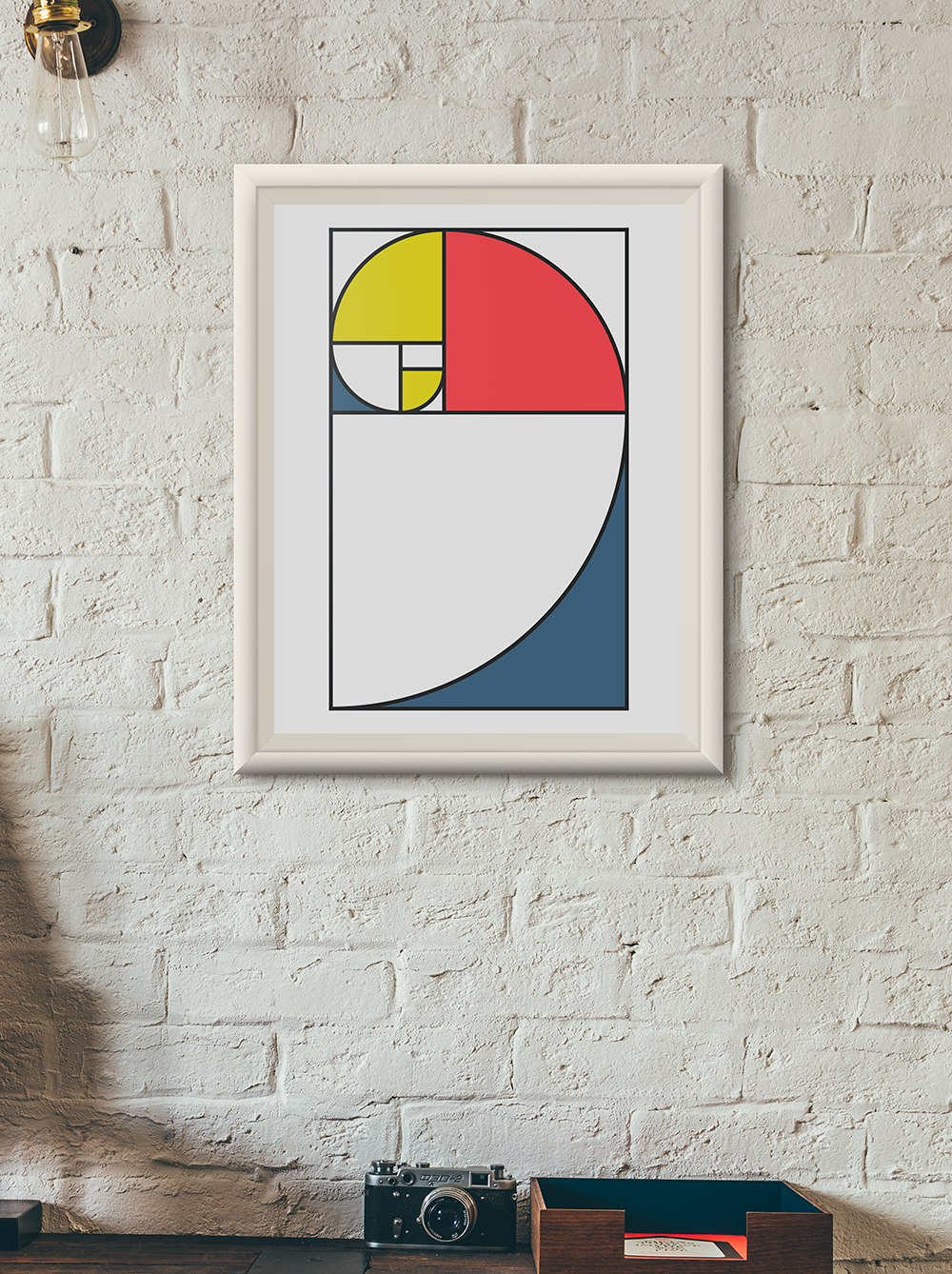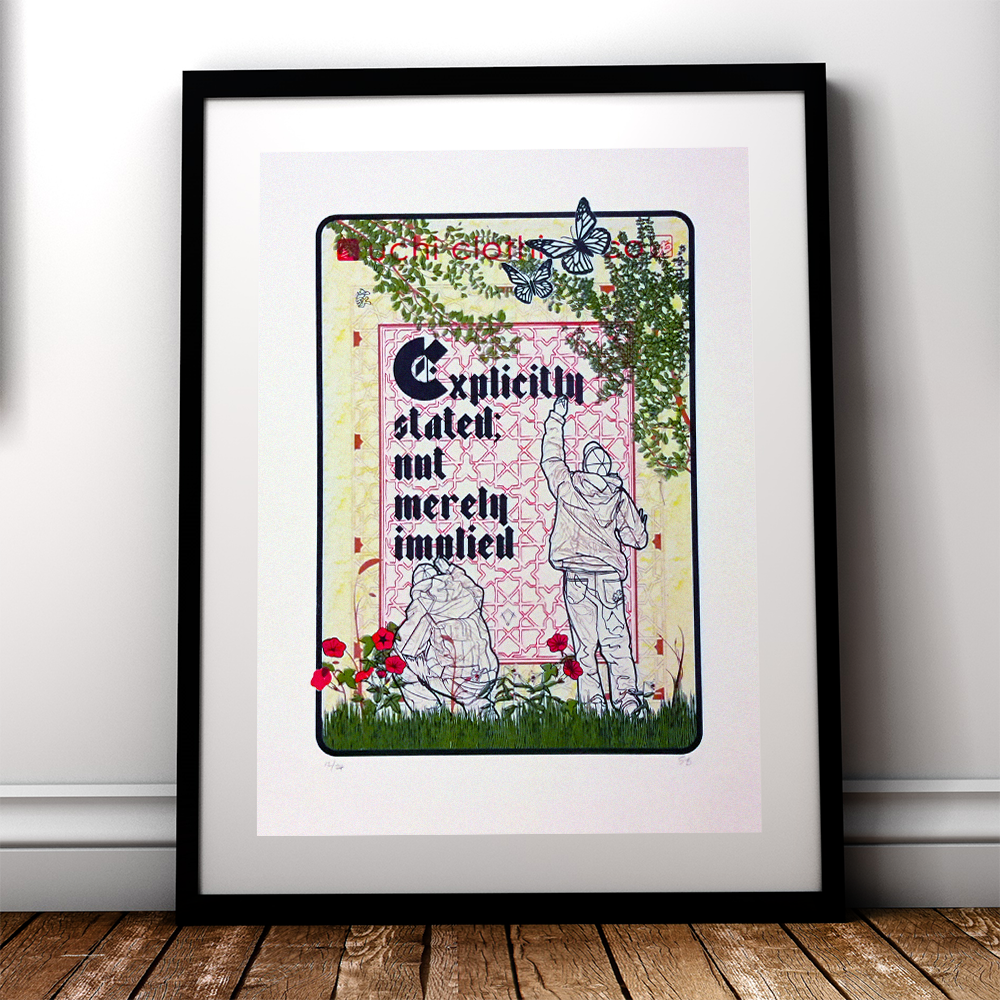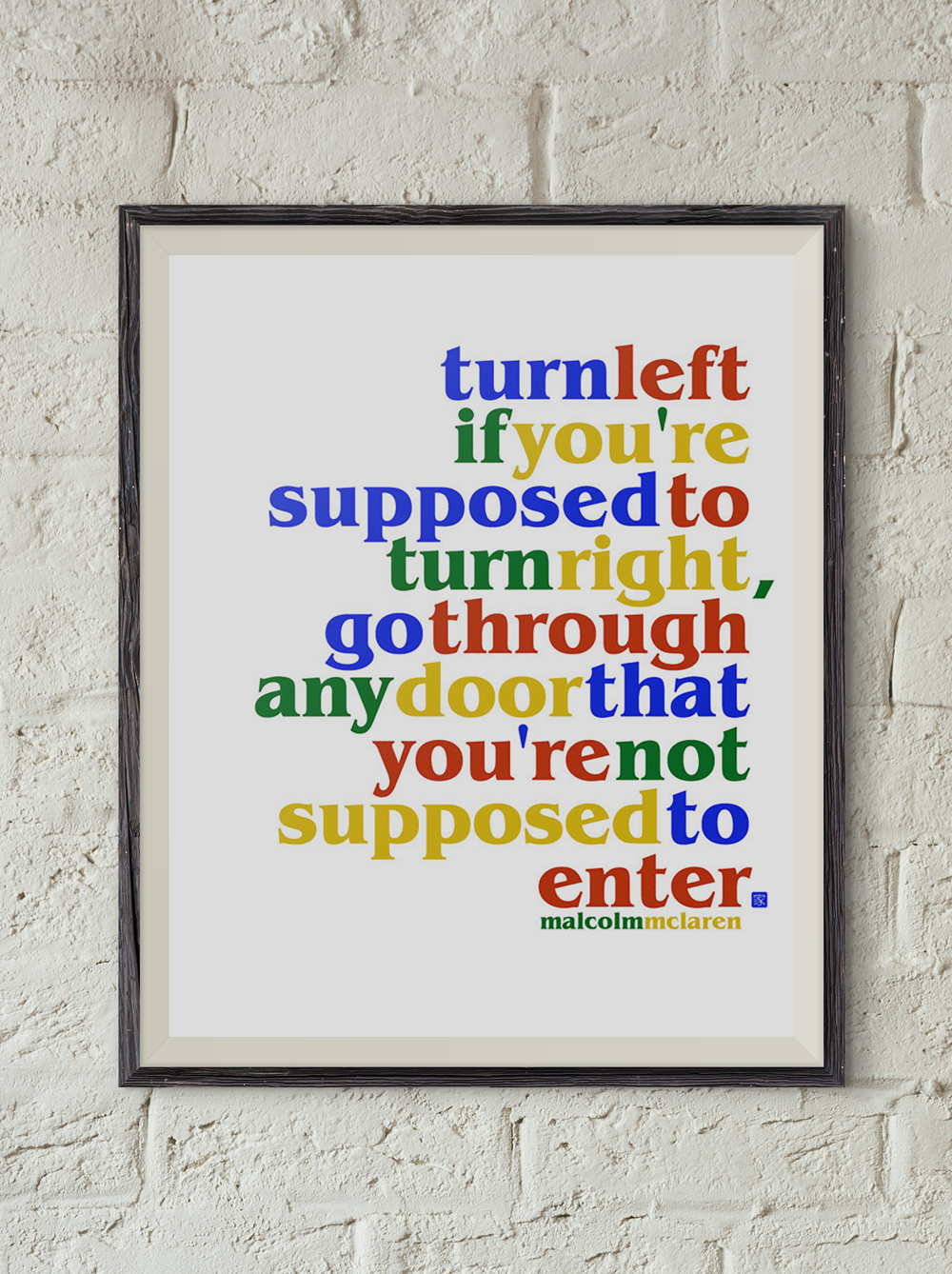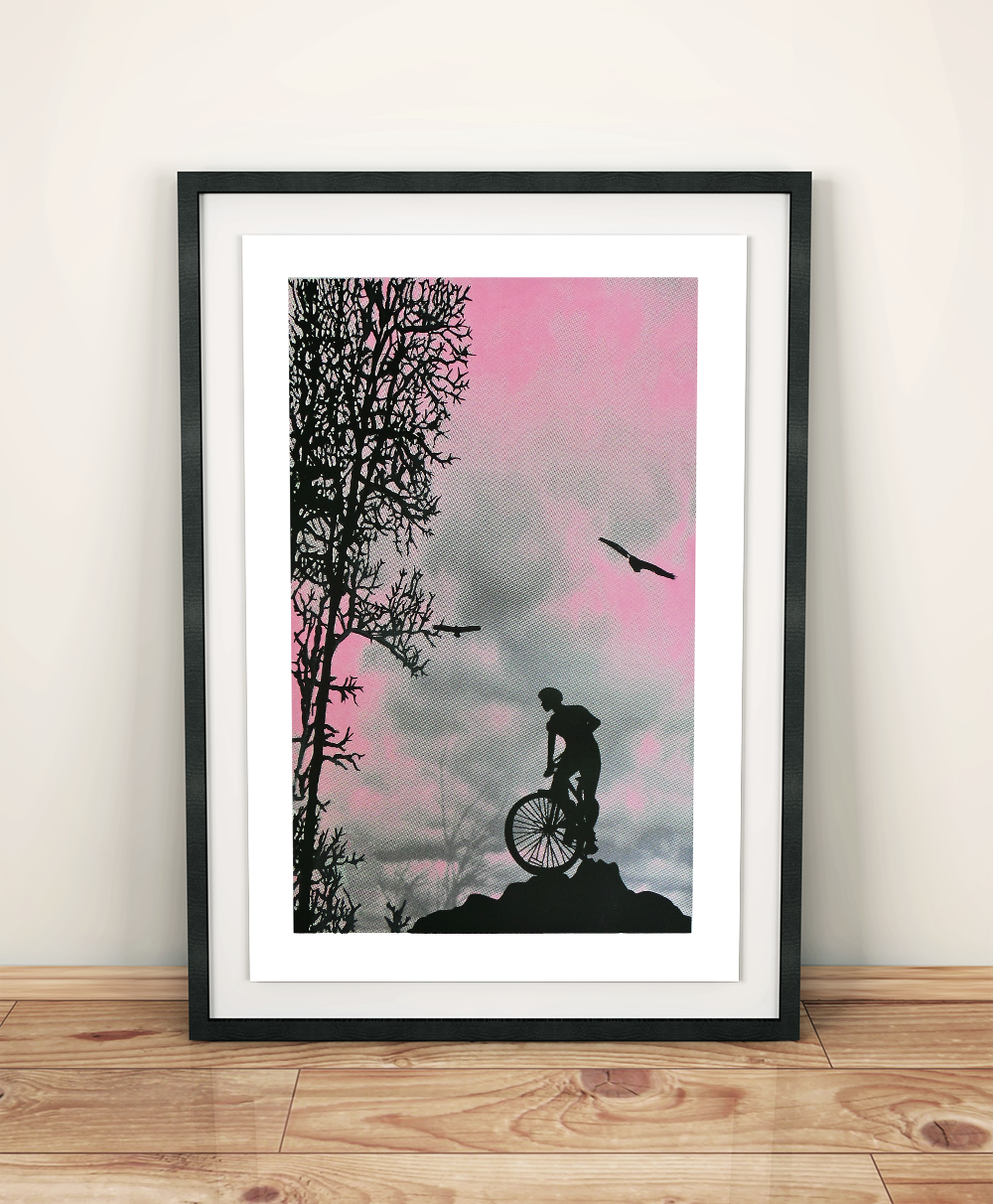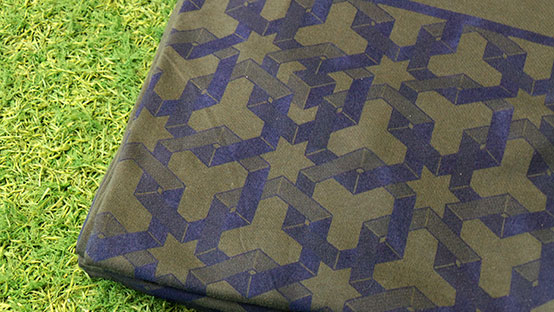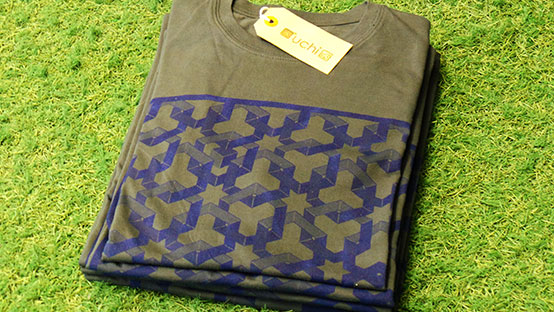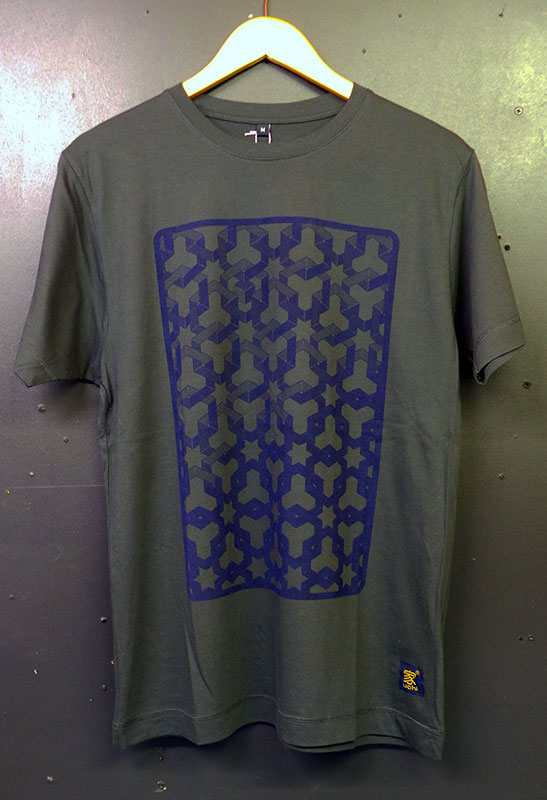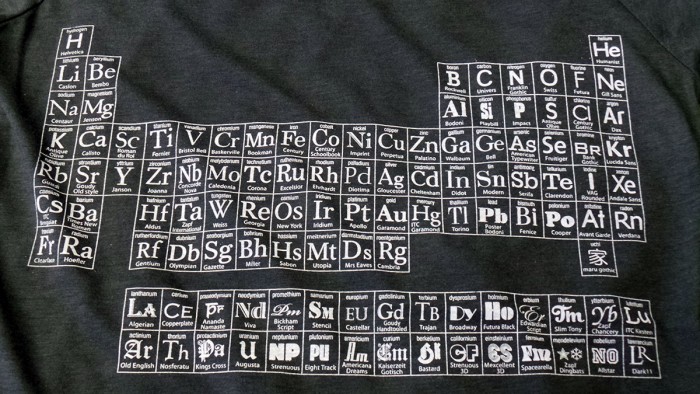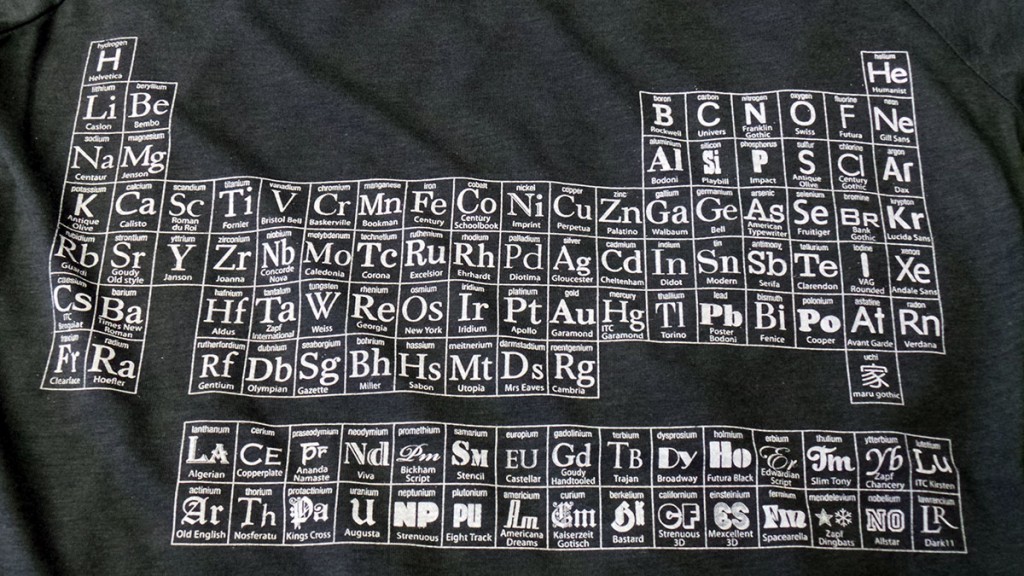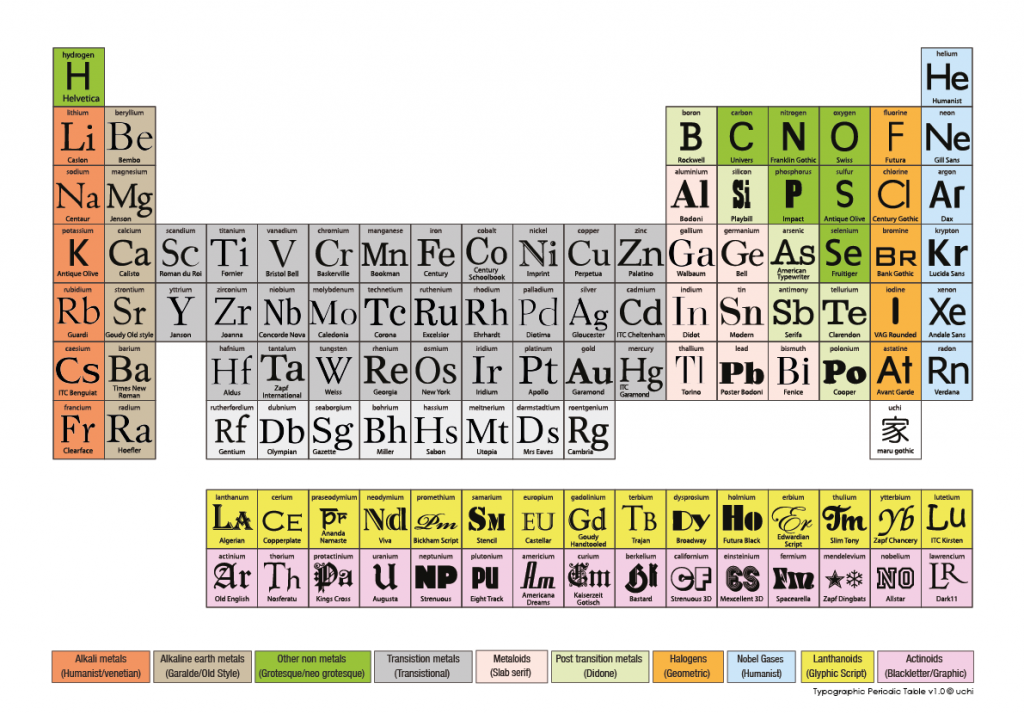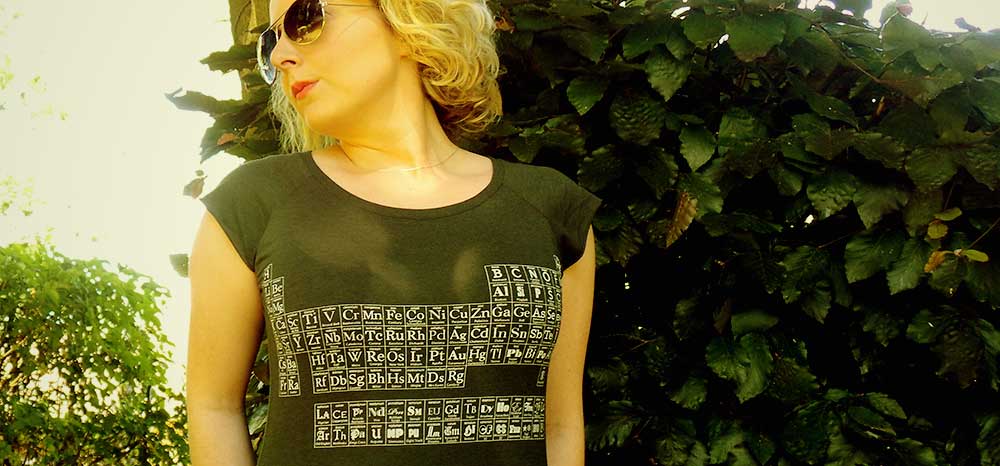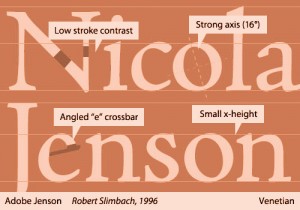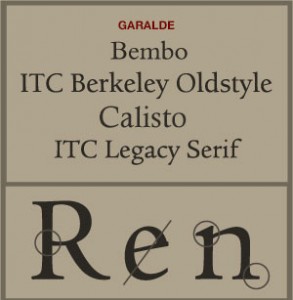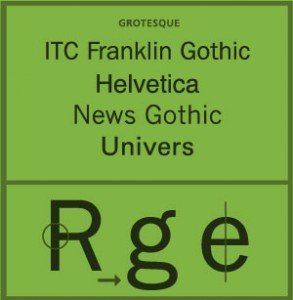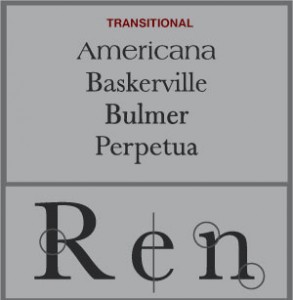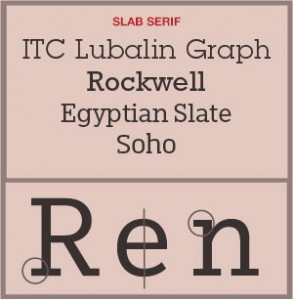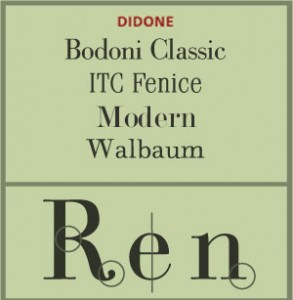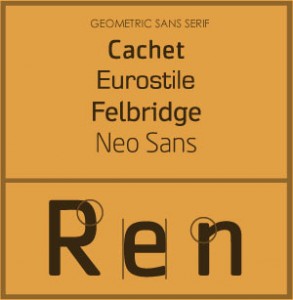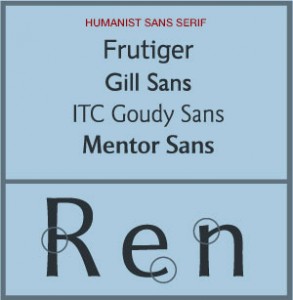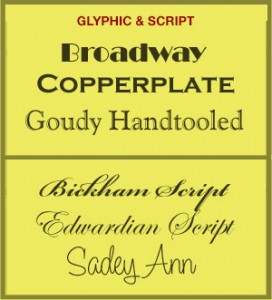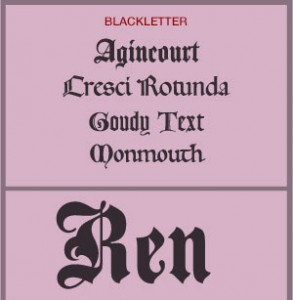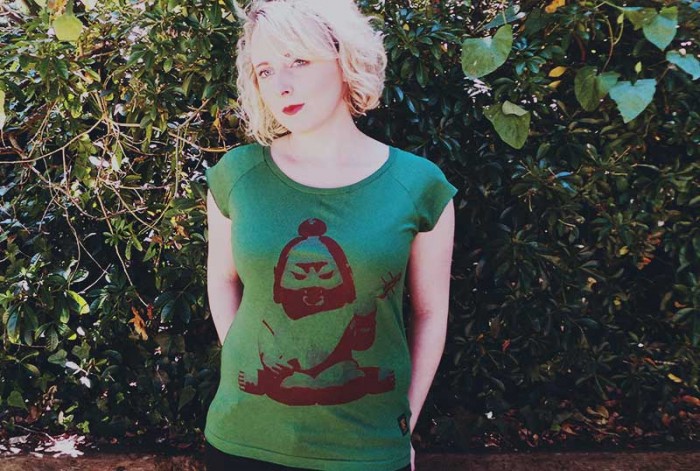To make room for new screen prints, tees and more, we’re spreading the word. You can now go get that authentic uchi goodness from the uchi clothing Etsy shop. New products are being added daily, but here’s a selection of what is available at Etsy.com.
Golden Section screen print
Golden section (fibonacci sequence) inspired by the art of Piet Mondrian. Hand screen printed on 300gsm somerset white paper.
From the album – Order Out of Chaos, Track 41.
Screen print – Explicitly Stated; not merely implied
A mixture of Islamic, medieval and Japanese references conveying the uchi brand slogan: explicitly stated; not merely implied.
24 limited editions, hand screenprinted in 5 colours. Signed and numbered.
Taken from the album – Soliloquy of Chaos, Track 28.
Screen print – Rules
A tribute to Malcolm Mclaren sampling one of his quotes. Typeset in Benguiat and hand printed in four colours.
From the album – Soliloquy of Chaos, Track 30.
Screen print – Mountain Top
Mountain Top is the fifth track from uchigothic’s Summertime solo project.
8 Limited editions, hand screen printed in 5 colours.
Screen print – Clevedon Pier
A very limited amount of 5 of these exist as it was a commissioned piece. Six colour hand pulled screen print.



